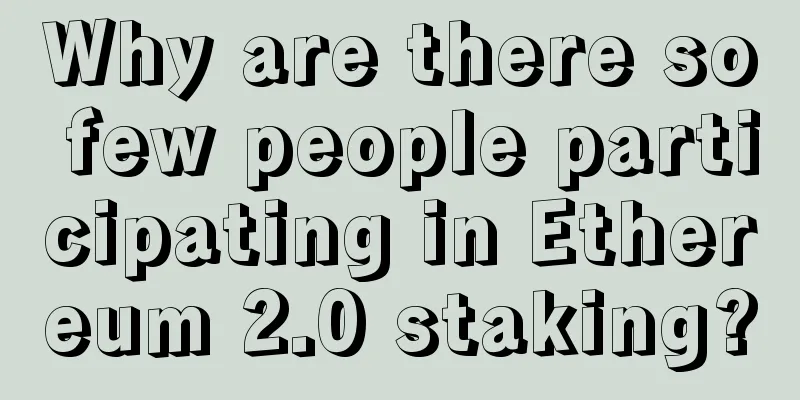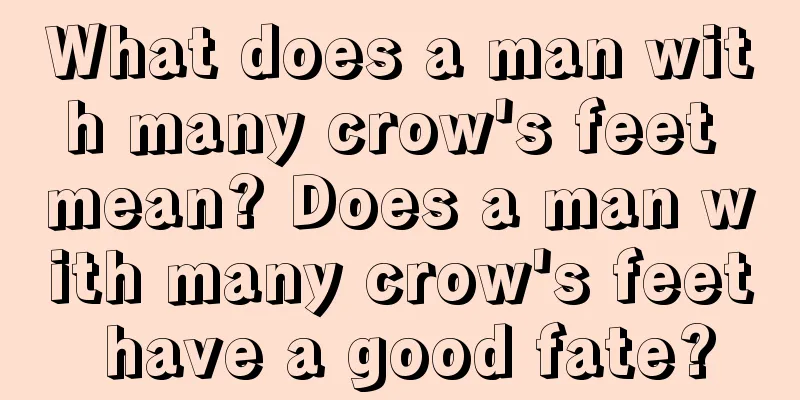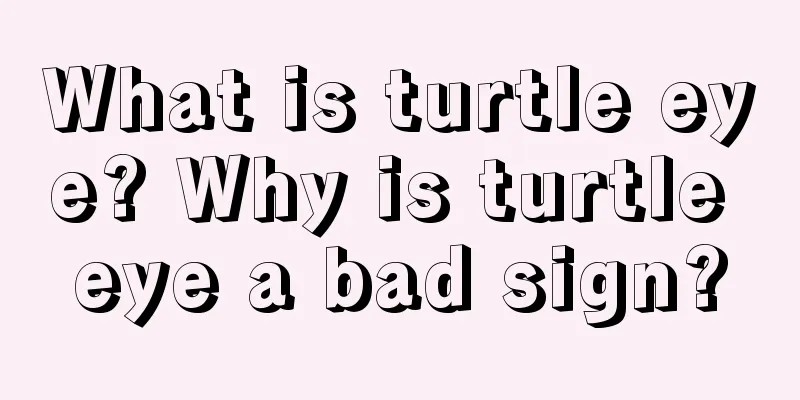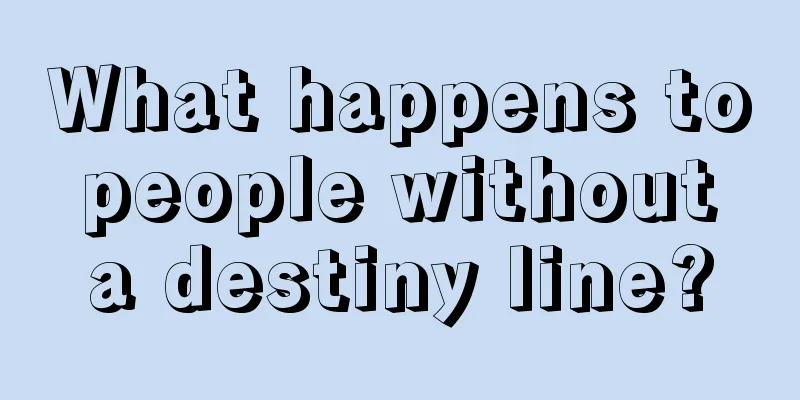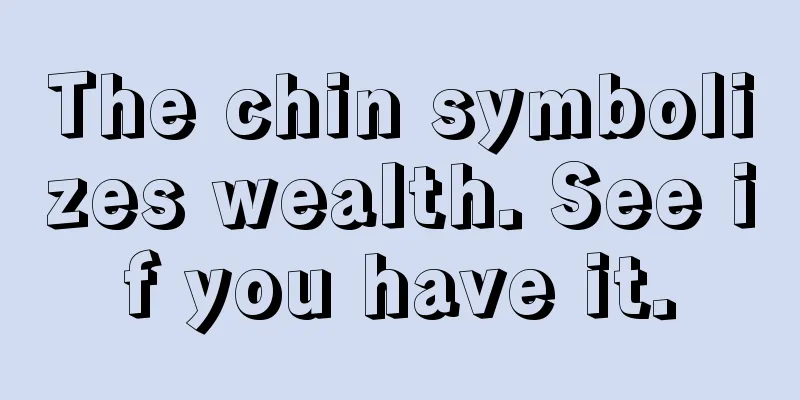Bitcoin’s role in third world economies

|
Bitcoin has long been considered a truly global currency, and we are discussing its potential uses and how it can help the world economy develop better. Until now, Bitcoin’s use cases have involved being used in developing countries to send remittances and provide banking services to unbanked areas during peacetime. The world is no longer harmonious with the turbulent situation in Europe and the Middle East. Conflicts against terrorist organizations such as ISIS are common in Ukraine, Yemen, Syria and Iraq. These war-torn countries have lost their economic activities, and people here often rely on aid from various countries and international organizations to survive. Banking institutions in these areas have closed or have no plans to reopen. In such dire circumstances, alternative financial services seem to be able to fill the gap. Kenya is a good example of alternative financial services that are a natural fit for the big banks: M-Pesa, a service that allows people to send and receive money using their mobile phones. Now that mobile phone penetration is over 80%, people can use the service to buy almost anything. Bitcoin players, such as BitPesa, have designed their services to work with M-Pesa. Somalia, an East African country that has been mired in civil war for more than 20 years, has created a security and regulatory vacuum in the region, but has also provided opportunities for terrorist and pirate attacks. This has also led to increased scrutiny in other countries and stricter anti-money laundering regulations, making it more difficult for banks in the region to operate. The country has a large migrant working community who need to send money home regularly. Nearly 50% of the country's GDP comes from these international remittances, totaling about $1.2 billion. Due to the lack of financial institutions, people in Somalia are forced to receive or exchange remittances through a gray market network of brokers called Hawala. While these difficulties are easily overcome with Bitcoin, implementing Bitcoin services in the region appears to be a huge challenge in itself. The country has some of the lowest mobile phone and internet penetration rates in the world, at 16.3% and 1.5% respectively. Unless the government is determined to reform the country’s conditions for communications and financial services, even Bitcoin may not be able to solve these problems. |
<<: Bitcoin and the developers behind it
>>: Bitcoin is gradually becoming dollarized
Recommend
How to tell fertility from palmistry
A person's fertility can be seen from palmist...
What are the facial features of lower sclera?
In fact, sometimes, although our eyes look simila...
Is it good for a woman to have a square face?
Different face shapes represent different destini...
How to discover a major technological trend like Bitcoin earlier than others?
Introduction Discovering major technology trends ...
People with crooked noses have bad intentions.
Everyone knows that if a person's nose is str...
ETH 2.0 VS BTC Who will dominate the next decade?
If nothing unexpected happens, we will see a hist...
Are people with bulbous noses good?
In physiognomy, people with bulbous noses general...
What kind of people are prone to go astray?
One misstep can lead to eternal regret. Since anc...
2018 Mining Summit Microbit released new products Whatsminer D1 and Whatsminer M10S
October 14, 2018, Microbit released new products ...
Ten moles on your face to tell you about your love life
Maybe we don’t know that the moles on our faces c...
How to see where the marriage line is in palmistry
The marriage line is the main line related to our...
What does a mole under a woman’s ear look like?
As one of the traditional physiognomy techniques, ...
What does a mole on the lower abdomen mean? Can a woman with a mole on the lower abdomen give birth to a son?
One of the factors that influence destiny is the ...
Is it good to have eyebrows close to eyes? Analysis of facial features
Is it good to have eyebrows close to the eyes? In...
What does a broken palm on a man's right hand mean?
In our palms, there may be lines, broken palms, f...
